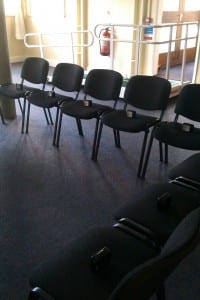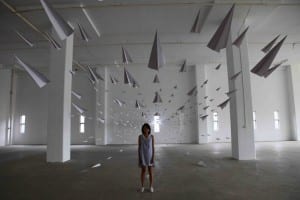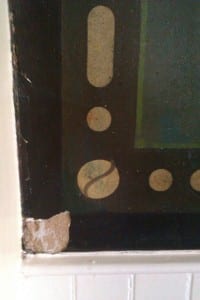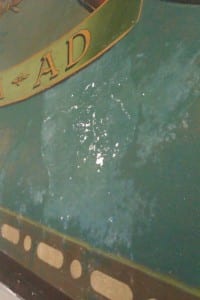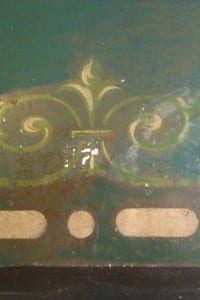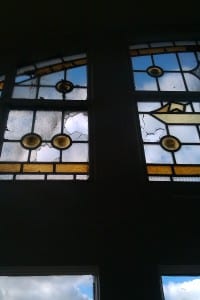8th of May 2014
We completed 4 whole performances today with different amounts of audience members. The first performance contained 7 members, the second 5, the third 2 and the fourth 8. We found that the performances with the most audience members went smoother as all of the envelopes were used and the structure of the performance stayed in strong. All audience members were co-operative and really helped us make the best piece we could. Many of the participants said that they learnt a lot about the site that they did not know before and they felt like they were in the room for way more than 15 minutes. This is why we highlighted the passing of time so the time would seem to slow down.
There were some really nice moments within the performances. One particularly nice moment was when one participant was laughing hysterically and another was talking over the top. The juxtaposition of what they were doing was really effective. This is an example of how each performance was different. People read texts differently and paused at different moments. Some participants moved slower meaning things would over lap and others moved faster meaning there was a lot of silence. However, this meant that each performance was unique and this is something we really wanted to achieve. The performance really depended on the participants and therefore it only made sense that they could make it their own.
If we could perform again I would make sure that we had over 5 participants for each performance. Although we had back up plans for any number of audience members, the performance with more participants were more effective. As I said before the piece really relied on the audience members being engaged and active.Therefore, the performances with only two participants were weaker as we said most of the text and there was more silence.
This style of theatre has been very challenging and even overwhelming at times but i was very happy with our final piece and how it had grown through the process. Once you except that the performance will not be traditional and even the devising process is different it becomes a lot easier to work. When you look at Marc Auge’s work you can see how everyday behaviours can be performances in their own right and i think understanding this was a major point for us. Once this is understood you can start to build a piece of work that really reflects this. We also had to have an understanding of the different levels of audience that would be used within our piece. A lot of the time the audience were the focus of the performance and often this is the case with site specific work.
Here is the post performance video of us burying the time capsule at the grandstand.

